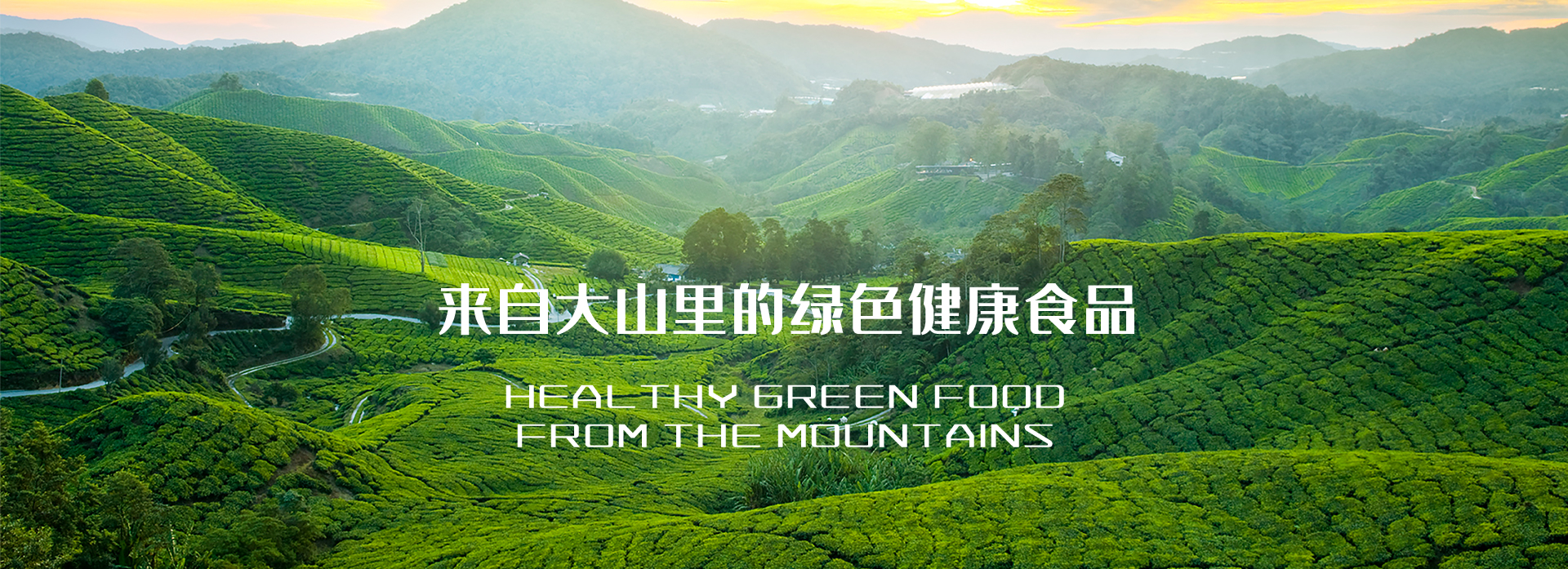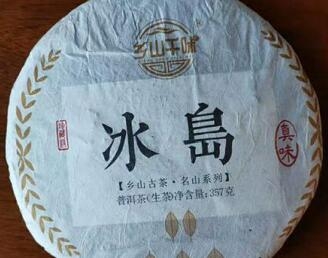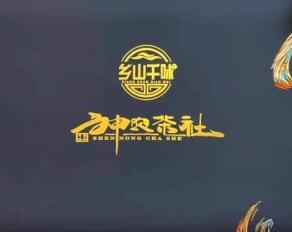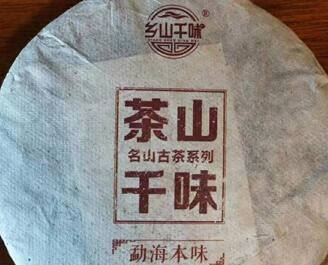Biluo Chun is a traditional Chinese famous tea, belongs to green tea, is one of the top ten famous teas in China, produced in the area of East Dongting Mountain and West Dongting Mountain in Taihu Lake, Wu County, Suzhou City, Jiangsu Province, so it is also known as "Dongting Biluo Spring". Biluo spring picking has three characteristics: one is to pick early, the second is to pick tenderly, and the third is to pick clean. Every year it is mined around the spring equinox, and it ends around the valley rain, and the quality of Ming Qian tea harvested from the spring equinox to Qingming is the most valuable. The delicate 0.5 kg of dry tea of tea buds requires 6-70,000 tea buds, and the dried tea strips after stir-frying are tightly knotted, white and revealing, silver and green in color, attractive in emerald blue, curled into snails, produced in spring, hence the name "Biluo Spring". It was listed as a tribute in the Tang Dynasty, and the ancients also called Biluochun "Kung Fu Tea" and "New Blood Tea".
First of all, the origin of Biluo Chun and the origin of famous tea.
Biluo Chun tea has a history of more than 1,000 years, and the local folk first called Dongting tea. Yang Hua of the Tang Dynasty wrote the "Records of the Diet and Fu Jing": "Tea, ancient and unheard, near the Jin Dynasty, Song Dynasty, Wu people picked its leaves to boil, is for porridge, to Kaiyuan and Tianbao, a little tea, to the German, Da Li Sui, after the establishment of the middle of the prosperous." Suzhou Wu County Dongting mountain tea, by the Tang Dynasty has emerged, at the beginning of the harvest of its leaves, boiled into porridge, and attracted the attention of the tea saint Lu Yu, came here to investigate the tea affairs, Lu Yu after the investigation, Suzhou Dongting mountain tea into the "Tea Sutra".
In the Qing Dynasty, Wang Weide's collection "Forest House People's Style" recorded: "The native tea out of the cave court to pack the mountain, the name is clear, commonly known as fine tea. Out of the East Mountain tastes the best, business card tea. The price of the refiner is twice that of Songluo. "It shows that in the early Qing Dynasty, there were many varieties of tea picked in Dongting Mountain, including the famous tea of the time, Xishan Jimu, Dongshan slice tea, etc., and the quality was quite different. Qing Fang Wuji's "Longsha Jiluo" recorded: "Tea comes from the Dongting Mountain of Jiangsu, the branches and leaves are coarse, the letter weighs two promises, the value is seven or eight letters, eight hundred letters are in one box, Mongolian exclusive, and milk trading is arranged in parallel." "It can be seen that in the early Qing Dynasty, Biluo Chun had not yet appeared, and before its appearance, the tea produced in Dongting Mountain was of average quality.
Wang Yingkui's "Essays on Liunan" of the Qing Dynasty recorded: "The Kangxi Emperor, the ancestor of the Qing Dynasty, made his third southern tour of Xingtaihu Lake in the spring of the 38th year of the Kangxi Dynasty. Inspector Song Xun purchased the "frightening incense" made by Seiko from the local tea master Zhu Zhengyuan to pay tribute, and the emperor was indecently tamed with his name, and the day of the inscription was "Biluo Chun". Biluo Chun, commonly known as "frightening fragrance", produced in Biluo Peak, was taken by the Kangxi Emperor of the Qing Dynasty for its turquoise color, curled like a snail, harvested in spring, and obtained from the Dongting Biluo Peak and other characteristics, admiring its good name, since then "Biluo Chun" has become famous all over the world and has become the tribute tea of the Qing Palace. Since then, all teas harvested in the eastern and western mountains have been gradually reproduced, which is the story of the origin of the elegant name "Biluo Chun".









